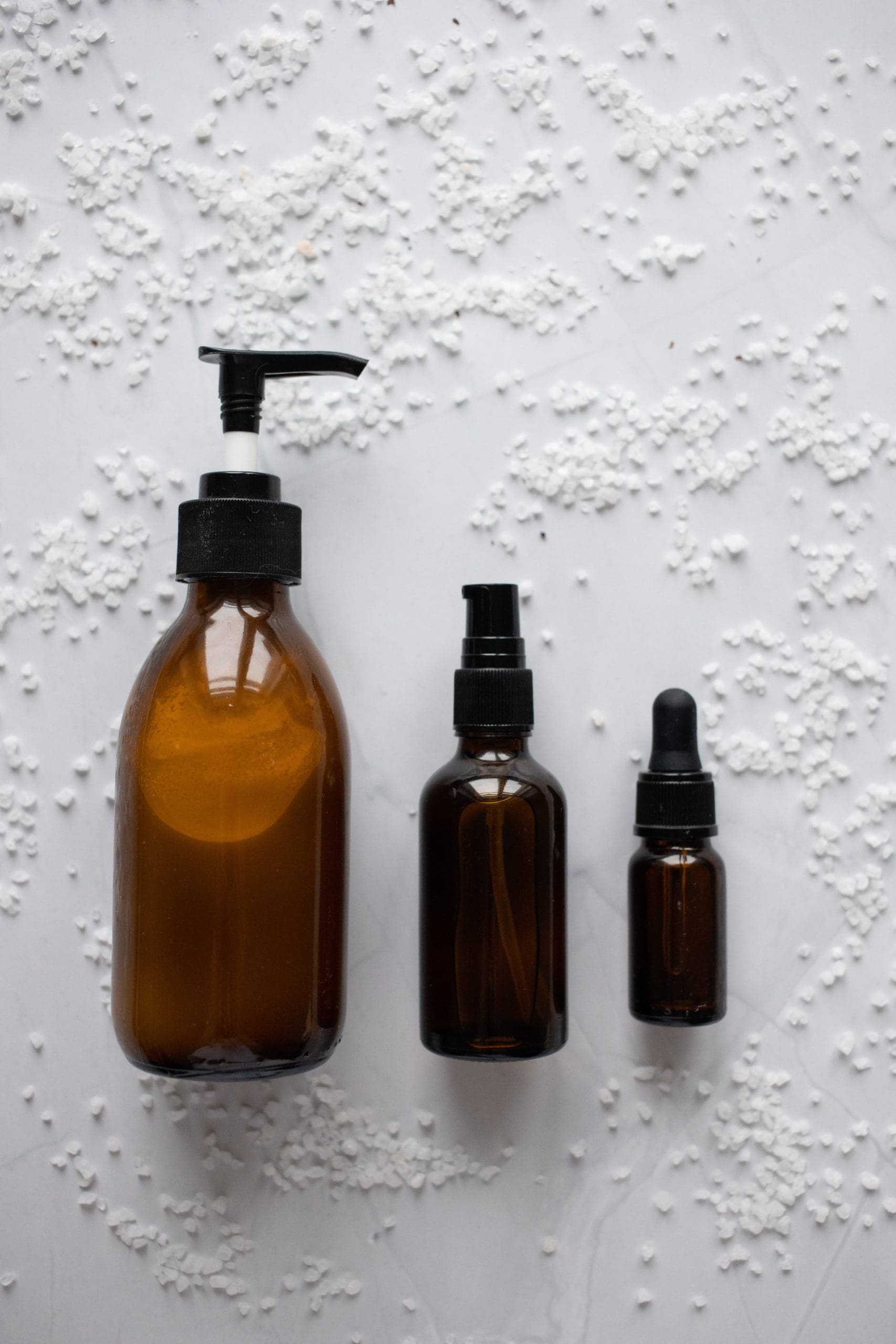The health and appearance of your skin are just as important as other parts of your body—which is why being conscious about what you’re applying to your skin and coming in contact with is crucial to your overall well-being. We all, as consumers, need to know what ingredients to avoid at all costs, so let’s take a look at the Dirty List of ingredients that can show up in your everyday beauty products—and find out why they’re a big no-no. —Ana Allen
benzophenone ingredients. Chemicals that prevent UV light-related changes to scents and hues to keep lip balms and nail polishes colourful. Also a known additive to perfumes for its notes of sweetness. However, these chemicals are linked to hormone disruption, organ toxicity and cancer.
butylated ingredients. Man-made preservatives and stabilizers that extend the shelf- life of a product. They are typically known as butylated hydroxyanisole (BHA) and butylated hydroxytoluene (BTA) and can be found in eyeshadows and lipsticks. These preservatives have been linked to hormone disruption, liver and kidney damage and cancer.
ethoxylated ingredients. Sulphates and polyethylene glycols (PEGs) are responsible for creating that bubble and rich lather that products like shampoos often have. They can also be used as emulsifiers and humectants. The manufacturing process produces a toxic byproduct 1,4-Dioxane, which is a chemical linked to cancer.
formaldehyde (and formaldehyde-releasing). One of the oldest preservatives used in beauty products, known for helping hair lock into a straighter position during keratin hair treatments. Regular exposure can lead to sore throats and nosebleeds.
hydroquinone. A topical bleaching agent used in skin lightening and hyperpigmentation treatments to alter the colour and appearance of the skin. This bleaching agent has been linked to allergies, immune responses and cancer.
mineral oil. A petroleum-based moisturizing agent often found in face creams and lip balms. It’s found to be the largest accumulated contaminant in the human body. A 2019 study also raised flags on its environmental impact, as accumulated mineral oils clog pores in the soil, making them less permeable to water and air.
parabens. Preservatives and antimicrobial chemicals are used to prevent bad bacteria and moulds from growing in products. These chemicals have also been linked to hormone disruption, reproductive issues and skin irritation.
phthalates. Chemical binding agents that improve the aesthetic and form of a product, including making fragrances last longer and keeping nail polishes and hair spray pliable. Fragrances on these products don’t have to be disclosed as they are considered trade secrets, meaning phthalates often go undisclosed as well. Phthalates have been linked to hormone disruption and reproductive issues.
triclosan. A stabilizer consisting of antibacterial and antimicrobial chemicals that prevent bad bacteria and mildew from growing. Can be found in hand sanitizers, body soaps, and mascaras. While this ingredient is understood to stabilize or elevate a product, adding triclosan to over-the-counter (OTC) hand sanitizers, wasn’t found to be more effective than good old soap and water. The FDA acted in 2019 to ban it from OTC hand sanitizers stating that they did not provide a benefit to human health. It’s been linked to hormone disruption, liver fibrosis, skin cancer and the growth of superbugs.
triclosan. An antimicrobial agent is similar to triclosan. Similarly, it hasn’t been found to improve or benefit the sanitization effect of products compared to washing with soap and water. It’s linked to hormone disruption and organ toxicity and is known to accumulate in the environment, including soil, air and water.

Be the first to comment